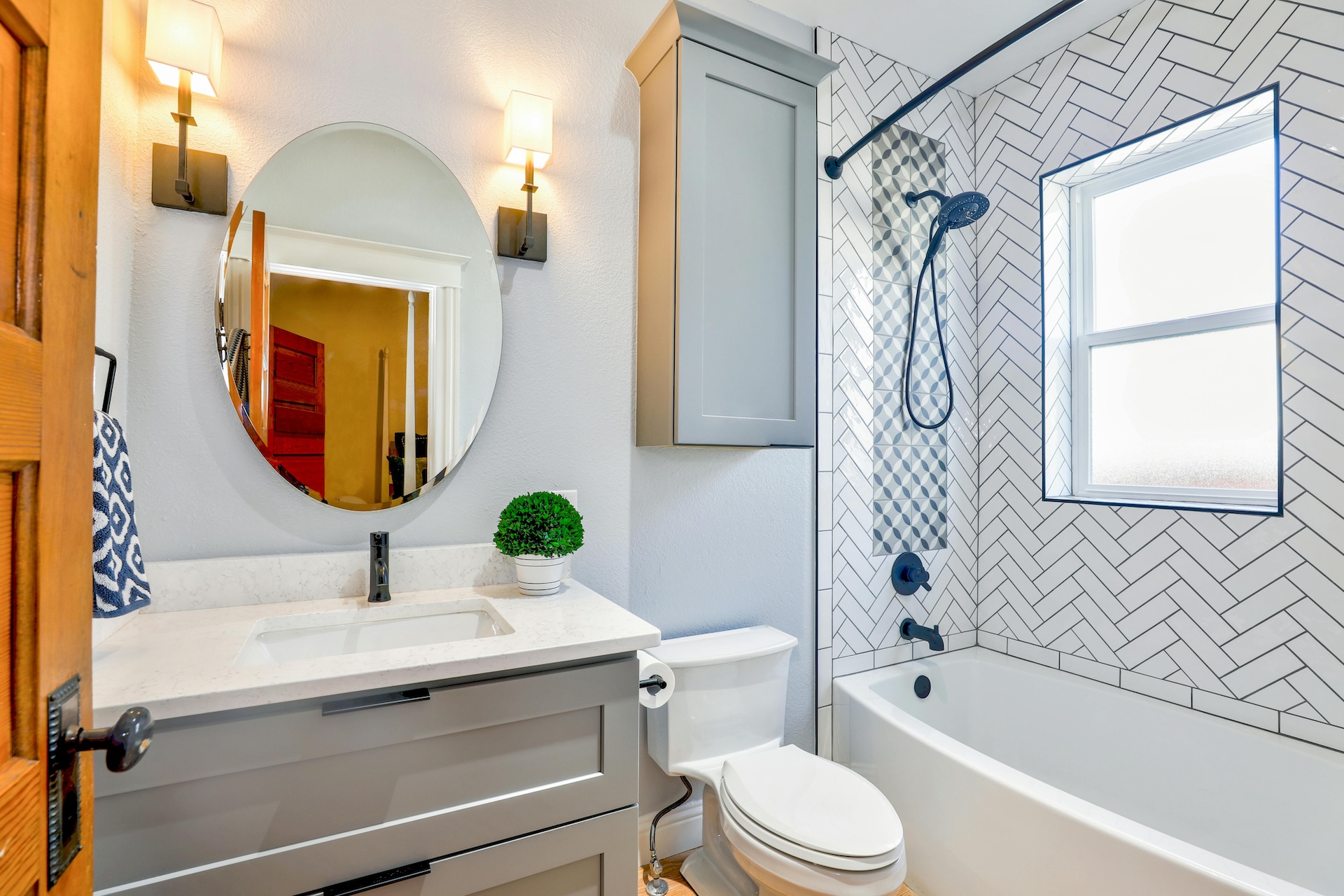
Septic Tank Pumping
Septic issues can be tricky, but Summers Plumbing makes it simple. Unlike some companies that upsell unnecessary repairs, we diagnose the real problem—whether it’s a quick pump or something more. Trust our experts to do the dirty work without draining your wallet.

Expert Septic Tank Pumping Athens, GA: Your Go-To Provider
Pumping your septic tank is essential—and best left to the pros. At Summers Plumbing, we remove all waste and clean the drain pipes if needed, ensuring your system runs smoothly. DIY pumping may seem cheaper, but it’s risky, messy, and often more expensive in the long run. Skip the hassle—let us handle it right.
Septic Tank Pumping Cost
Pumping out your septic tank is a necessary expense if you have a septic tank system. Septic tank pumping costs will depend on the size of your tank and how much water you use.
At Summers Plumbing, we understand that septic tank pumping cost is something that you need to know before committing to hire us. Call our office today to get a quote on the septic tank pumping cost for your home.


Beware Pumping More Often than Necessary
One question that we are constantly asked by homeowners is, “How do I know when my septic tank is full?”. It is typical to have routine maintenance for your septic tank every 2-5 years to keep your septic system healthy and avoid unnecessary expenses on your septic pumping service. Pumping more frequently than this can cause bacteria to have no way to exit, or it can block the drainage system, leading to clogs and even serious leaks.
What determines how often my tank should be pumped?
The size of your home and the number of people living there make a difference when it comes to septic pumping. For example, a three-bedroom home would need a larger-sized tank than what would be required in a two-bedroom apartment. The number of people living in the home impacts the amount of waste that is generated from the garbage disposal and toilets. Larger tanks are typically pumped less frequently than small tanks, but tanks fill up faster when more people are using them.

Septic Tank Pumping FAQs
Do all septic tanks have a filter?
No, not all septic tanks have a filter. A septic tank filter is an optional device that can be installed to help extend the life of your septic system. It does this by trapping solids and other debris that could otherwise clog the leach field, the part of the septic system that treats the wastewater.
Can septic tanks be repaired?
They can, although costs vary widely depending on which part of the system needs to be fixed. The tank lid, for example, is one of the least expensive parts to repair, while the drain field is typically the most expensive to repair. The cost of repair also depends on the size of the tank and where it is located. Sometimes, if septic tank maintenance costs get too pricey, it might be easier to purchase a new system.
Should I use bacteria additive products?
Yes! Bacteria must be present in your septic tank in order for the organic solids to be broken down and digested. In many households, antibacterial soaps, detergents, and cleaning fluids are used. While these products do a great job at cleaning the unwanted bacteria in your home, they also destroy the necessary bacteria your septic tank needs to properly function. Applying bacteria added products like Southland Organics’ PORT to your septic tank counteracts the soaps and detergents, helping to restore the bacterial balance and keep your septic tank running smoothly.
How much does a new septic tank cost?
Septic tank costs depend on the size of the tank needed. The size will depend on how much water you use. This can be estimated by using the number of bedrooms. For example, a three-bedroom home can expect to need a 1,250-gallon tank, which can range in price from $8,000 to $10,000. If you have a five-bedroom home, you will likely require a 1,500-gallon tank, which costs closer to $15,000. You can contact Summers Plumbing for exact septic tank and septic pumping costs.
How long should my septic tank last before I need a new one?
The lifespan of a septic system can vary depending on a number of factors. They may last up to 20-30 years before needing to be replaced, and some can even last up to 50 years. Septic systems lifespans are impacted by:
THE NUMBER OF PEOPLE WHO USE IT
The more bedrooms your house has, the more wastewater your system will have to handle. If your system tank receives too much water in short intervals, the wastewater might be forced out of the septic tank and into the drain field before the bacteria finish breaking down the organic waste or before other solids settle down. If this happens, these solids might end up in the drain field, which can cause the system to fail.
THE PRODUCTS YOU USE
Some household products you use have chemical pollutants that can be toxic to the beneficial bacteria that make septic systems run smoothly. The more a household uses products harmful to these bacteria, the sooner the septic tank will need to be replaced. Using products that add beneficial bacteria to your system, like Southland Organics’ PORT, help counteract your household product use and naturally maintain a balance in your system.
SOIL QUALITY
The quality of the soil around your septic tank and drain field will determine how durable your septic tank is. For example, acidic groundwater can corrode a concrete septic tank and cause it to need replacement sooner.
How do I know my system is not functioning properly?
If your system is showing any of these signs, it may need to be checked by a professional. They can determine if you need septic tank repairs, septic system maintenance, sewer line inspection, or septic tank pumping.
- Water surfacing on the ground near the septic tank or drain field
- Water and sewage from drains or toilets backing up in the home
- Gurgling sounds in the plumbing system
- Septic tank odor is present in the drain field
- Bathtubs, showers, and sinks are draining very slowly
How often should I get my septic tank pumped?
The frequency with which you should have your septic tank pumped depends on the size of your family and the size of your house. A family of 4 may need their tank pumped every 2 years, while a 2-member household may only need it to be pumped every 3 years. Larger families or families that use laundry and garbage disposals frequently might need their systems to be pumped even sooner. How often you should pump also depends on the type of system you have.
Why does my septic tank need to be pumped out periodically?
As the septic tank is used, sludge will continue to gather at the bottom. It is usual for tanks to have enough space for two to five years of safe accumulation before needing to be pumped. When the levels rise beyond this point, sewage has less time to settle before leaving the tank. As the sludge level increases, more solids escape, and there is less time for settling before sewage leaks directly into the absorption area. To prevent this, your system should be pumped with a frequency depending on the size of your house and the number of people using your system.
Where is my septic tank located?
The septic tank is usually buried near your house and is connected by a sewer pipe to your indoor plumbing. Most septic tanks have an access lid that is visible at or above ground level. However, some older systems might not be visible above ground. These can be identified by a section of the yard that is either significantly greener or much more brown than the rest of the yard. If your home is older and your septic tank is not visible, you might need to contact your local health department. They might have a permit on record that would include a diagram of where the septic tank is located.
What is a septic tank?
A septic tank is a key component in a septic system. It is a large container that is typically buried beneath the ground that collects sewage and wastewater for basic treatment. Its job is to hold wastewater long enough for solids to settle down and form a sludge, while the oil and grease float to the top as scum. Compartments and a T-shaped outlet prevent the sludge and scum from reaching the drain pipes and traveling to the drain field.
Book Your Service Today
Get expert plumbing solutions from a team you can trust. On time, on budget, and done right the first time.